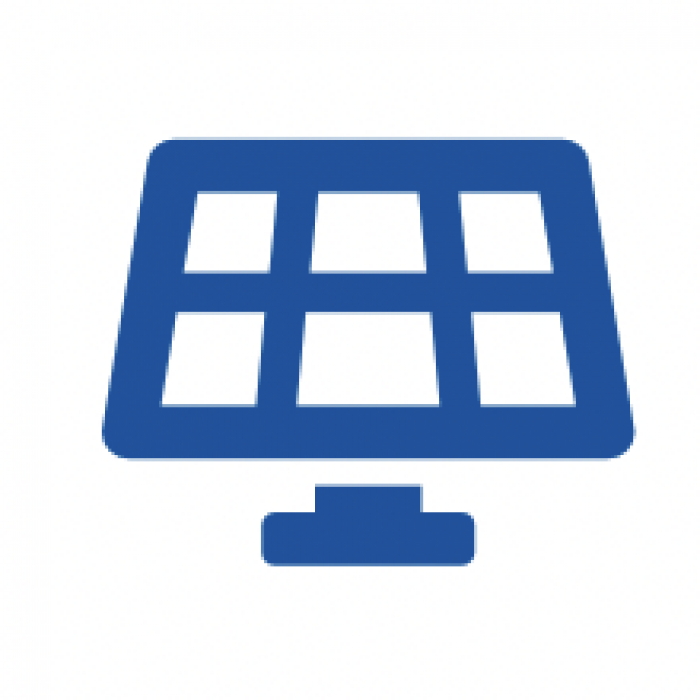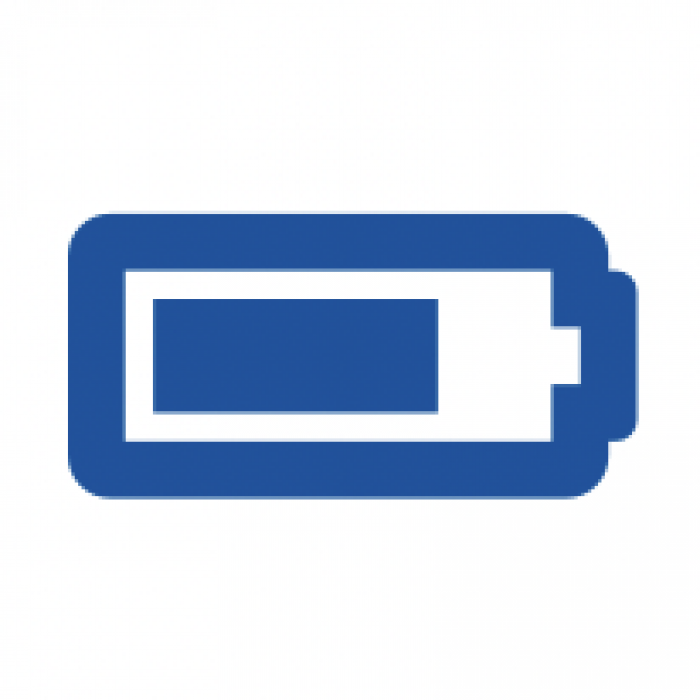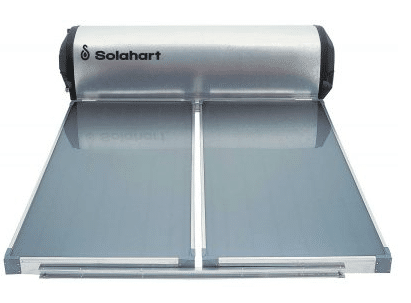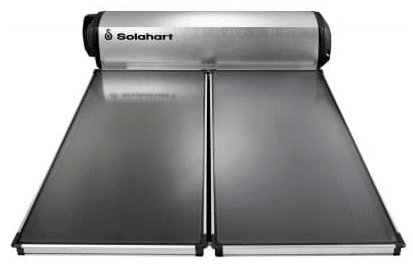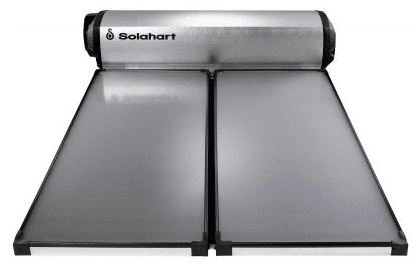A solar photovoltaic (PV) system, or solar power system, is a set of solar panels that converts sunlight into electricity. A PV system can generate enough electricity to power an entire home or business, or it can be used to supplement an existing grid-connected renewable energy system.
Solar PV systems are typically composed of solar panels, an inverter, batteries, and a charge controller. Solar PV panels are the most important component of a PV system, as they absorb sunlight and convert it into electricity.
Inverters then convert the DC electricity generated by the panels into AC electricity, which can be used to power appliances and lights. Batteries store excess electricity for use at night or during cloudy days, while charge controllers help to regulate the flow of electricity between the panels and the batteries. When sized and installed correctly, a solar PV system can provide clean, renewable energy for years to come.
Solar power systems can be used for a variety of applications, including both off-grid and grid-tied.
An off-grid solar system is a stand-alone system that is not connected to the mains electricity grid. These systems are often used in rural or remote locations where it is impractical or impossible to connect to the grid.
While a grid-tied solar system is a type of solar panel system that connects to your local electrical grid. This allows you to use the electricity generated by your solar panels to power your home or business, and any excess electricity is sent back into the grid.
Ultimately, the decision of whether to go off-grid or grid-tied will come down to a number of factors, including your location, energy needs, and budget.


